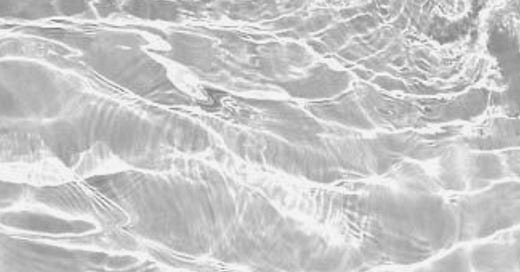CEREBROSPINAL FLUID: hidden currents and holy places
If you long for the solitude of a mountain retreat where you can breathe clean air and allow your gaze to rest on a timeless horizon, then a journey along the cerebrospinal fluid flow is for you.
There’s a lot to discover in this system not least an axis of space, and within that space the sense of a cool, circulating fluid that bathes, protects and nourishes the precious structures of your central nervous system.
1. WHAT AND WHERE
Cerebrospinal fluid (CSF) is a clear, watery fluid that is produced by the specialised secretory tissue of the choro…





